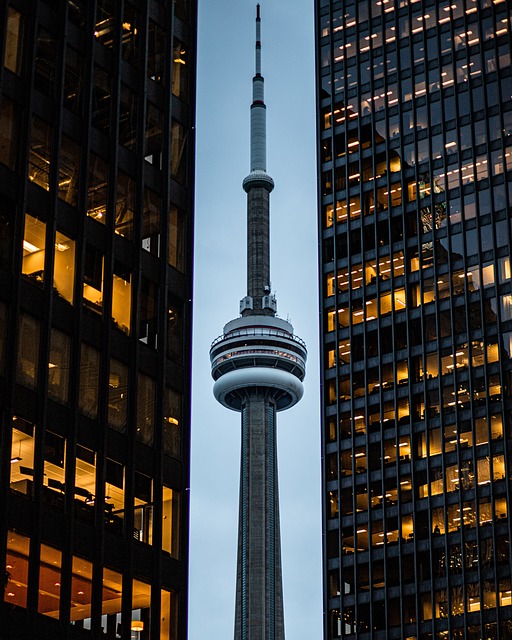Karachi faces severe electricity load shedding due to aging infrastructure, rapid population growth, and high energy demands. This disrupts daily life and businesses, leading residents to adopt coping strategies like backup generators and energy-efficient appliances. The government addresses this through infrastructure upgrades and smart grid technologies to ensure a more stable power supply, improving quality of life and supporting economic development in the bustling metropolis.
In the bustling metropolis of Karachi, electricity load shedding remains a persistent challenge for residents across various neighborhoods. This article delves into the complex issue of power outages specifically affecting areas near Tariq Road. Understanding the mechanisms behind load shedding is crucial to comprehending its impact on daily life and the unique challenges faced by local communities. We explore the disruptive effects and potential solutions, offering insights into the ongoing efforts to alleviate this pressing concern in Karachi.
Understanding Electricity Load Shedding in Karachi

Electricity load shedding, a common challenge faced by many cities worldwide, has become an increasingly visible issue in Karachi as well. This phenomenon refers to the deliberate reduction or temporary interruption of electricity supply to manage peak demand and prevent grid overload. In Karachi’s dense urban landscape, balancing energy demands from diverse sectors like residential, commercial, and industrial is no easy feat. The city’s aging infrastructure, coupled with rapid population growth and rising energy consumption, has exacerbated the load-shedding problem.
Karachi residents often experience regular power cuts during peak hours, impacting daily routines, businesses, and even critical services. To cope, the city’s inhabitants have adopted various strategies, from using backup generators to investing in energy-efficient appliances. The government and local authorities are actively working on infrastructure upgrades and introducing smart grid technologies to mitigate load shedding. These efforts aim to ensure a more stable and reliable power supply for Karachi’s ever-growing population, enhancing the overall quality of life and fostering economic development.
Impact and Challenges on Tariq Road Residents

The frequent electricity load shedding near Tariq Road in Karachi has significantly impacted residents’ daily lives, creating a sense of uncertainty and inconvenience. Long power cuts disrupt routines, affecting everything from basic necessities like cooking and lighting to work schedules and educational activities. Students often find their studies halted, while professionals struggle with deadline extensions and productivity losses due to inconsistent power supply.
Moreover, the challenges extend beyond individual households. Local businesses along Tariq Road have expressed concerns over reduced customer footfall during power outages, impacting their revenue and overall sustainability. The lack of reliable electricity also hinders economic growth in the area, as investors and entrepreneurs may be deterred by such instability. Karachi, known for its vibrant bustling atmosphere, risks losing some of its allure if these issues remain unaddressed, affecting both residents’ quality of life and the city’s reputation as a thriving metropolis.
Electricity load shedding, a persistent issue in Karachi, has significantly impacted the residents of Tariq Road. This constant challenge necessitates a focused approach to enhance power distribution infrastructure to ensure a stable and reliable energy supply. By addressing these issues, Karachi can move towards a more sustainable and prosperous future, improving the quality of life for all its citizens.
